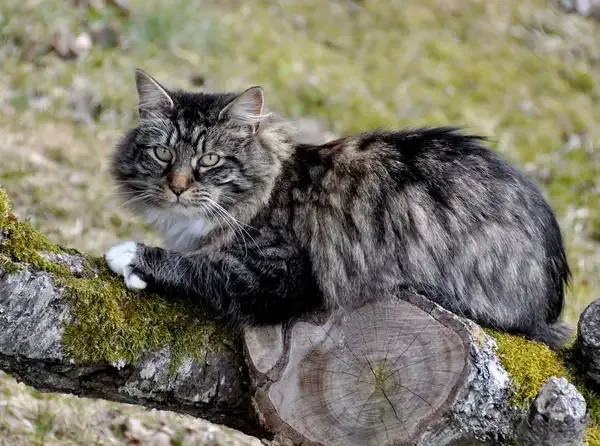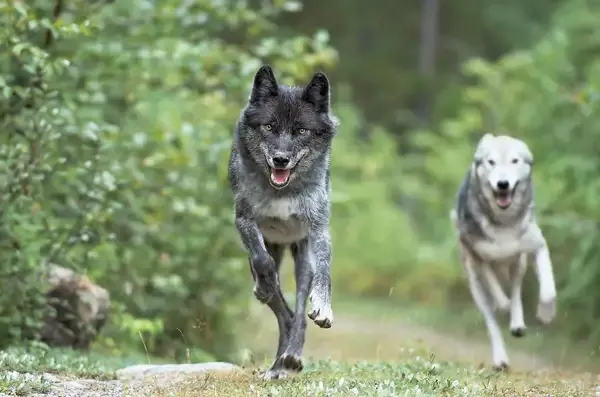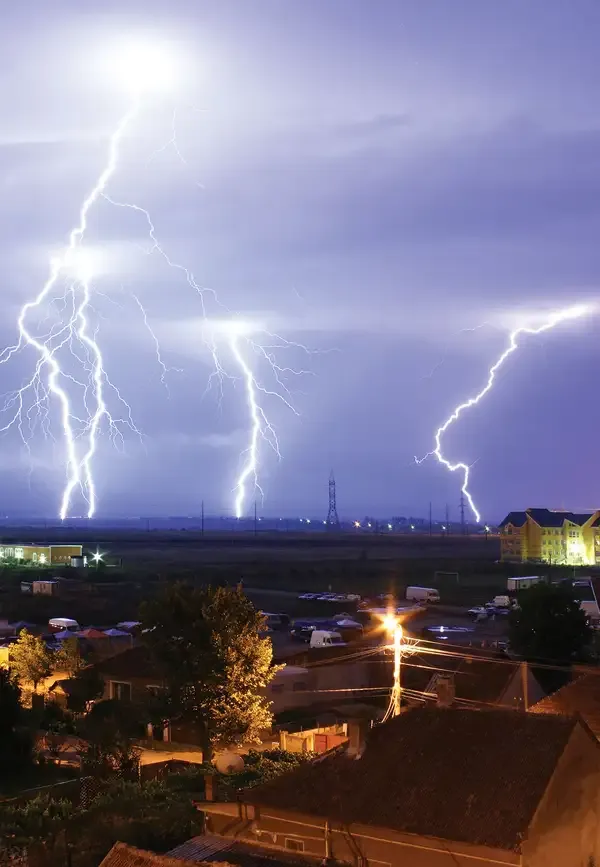- Home >
- Science
- > Technology
Vikings Helped Cats Conquer the World
The expansion of Viking trade routes played a significant role in spreading domestic cats across Europe and beyond. As Vikings traveled, they brought cats aboard their ships to control rodent populations, inadvertently facilitating their spread. These seafaring journeys allowed cats to reach new territories, contributing to their global dispersal. The Vikings' extensive networks enabled the feline population to thrive in diverse environments, establishing cats as a common presence in households worldwide and cementing their status as beloved companions.

The fascinating connection between ''Vikings'' and ''cats'' is a lesser-known chapter in history, but it highlights how these fierce warriors inadvertently contributed to the global spread of feline companions. As we delve deeper into this topic, we will explore the ''trade routes'', ''cultural exchanges'', and the ''domestication'' of cats that occurred during the Viking Age. By understanding these dynamics, we can appreciate how ''cats'' came to hold a special place in various cultures around the world.
The Viking Era: A Brief Overview
The ''Viking Age'' spanned from the late 8th century to the early 11th century, during which Norse explorers, traders, and warriors expanded their territories across Europe and beyond. This era was marked by significant maritime activity, allowing the Vikings to establish ''trade routes'' that connected distant lands. Their exploration led them to various cultures, where they encountered different species, including the ''domestic cat''.
Cats as Companions and Pest Control
During their voyages, the Vikings brought ''cats'' aboard their ships for practical reasons. ''Cats'' proved to be effective hunters, helping to control the rodent population that threatened food supplies. The presence of ''cats'' on Viking ships ensured that food remained safe during long journeys, making them invaluable companions.
Trade Routes and Cultural Exchange
The Vikings established extensive ''trade networks'' that spanned from the British Isles to the Middle East. These routes facilitated not only the exchange of goods but also the sharing of ideas and cultural practices. As the Vikings interacted with different societies, they introduced ''cats'' to new regions, contributing to their domestication and popularity.
The Spread of Cats Across Europe
As Viking expeditions reached various parts of Europe, they brought ''cats'' along with them. Historical records indicate that ''cats'' were present in Viking settlements in modern-day England, Ireland, and France. The Vikings recognized the value of ''cats'' for their hunting skills, leading to their adoption in these new territories.
Chart: The Influence of Vikings on Cat Populations Across Regions
| Region | Impact of Vikings on Cat Populations |
|---|---|
| Scandinavia | Increased appreciation for cats as companions and pest controllers |
| Britain | Introduction of various cat breeds, leading to a thriving feline culture |
| France | Integration of cats into households and farms for rodent control |
| Russia | Spread of cats along trade routes, becoming vital in urban areas |
The Role of Cats in Norse Mythology
In addition to their practical uses, ''cats'' held a significant place in ''Norse mythology''. The goddess ''Freyja'', associated with love and fertility, was often depicted with ''cats''. They were seen as sacred animals, further enhancing their status in Viking society. This reverence for ''cats'' likely contributed to their spread, as the Vikings brought these cherished animals to new lands, where they became symbols of ''protection'' and ''good fortune''.
Legacy of the Vikings and Cats
The legacy of the Vikings extends beyond their conquests and trade. By including ''cats'' in their journeys, they helped these creatures gain a foothold in various parts of the world. As urbanization increased in the Middle Ages, ''cats'' became essential in households, leading to their domestication and the development of different breeds.
Modern-Day Influence of Viking Cats
Today, the influence of Viking-era ''cats'' can still be seen in various cultures. Many regions have their own unique breeds of ''cats'' that can be traced back to the Viking Age. Additionally, the ''Viking connection'' to ''cats'' continues to capture the imagination of people, leading to artistic representations and cultural references in literature and media.
Conclusion: The Unlikely Alliance
The relationship between ''Vikings'' and ''cats'' is a testament to the unexpected alliances formed throughout history. While the Vikings were known for their prowess in battle and exploration, their role in aiding the spread of ''cats'' across the globe is a captivating aspect of their legacy. As we continue to cherish our feline companions, we can thank the ''Vikings'' for helping these remarkable animals conquer the world, one ship at a time.
In conclusion, the intertwined histories of ''Vikings'' and ''cats'' reveal how cultural exchanges can shape the world in unforeseen ways. The next time you see a ''cat'', remember the Viking warriors who helped them along the way.












